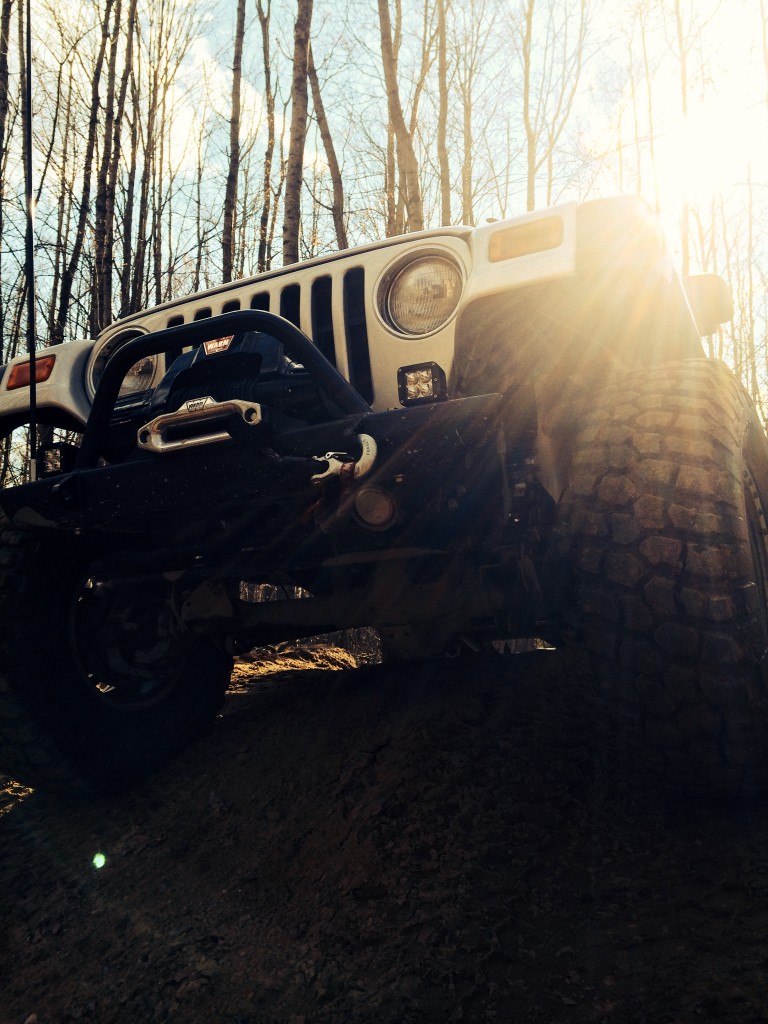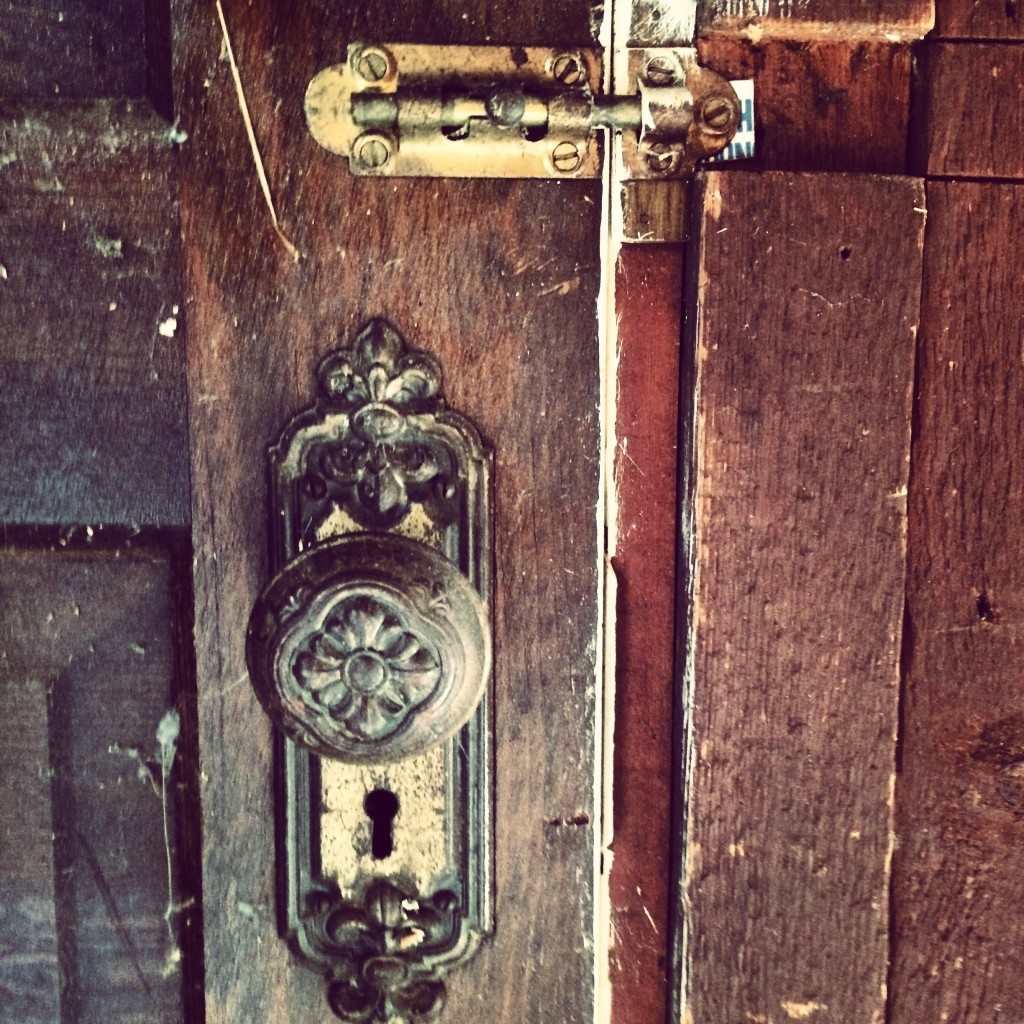The web has a famous cliché floating about in regards to photography. Hailing from photographer Chase Jarvis, the quote goes, “The best camera is the one that’s with you.” It’s also the title of his book on iPhone photography.
There’s a good deal of truth to this. As I write this, I have a Canon 5D MkIII sitting next to me, with the venerable Canon 70–200L f/2.8 USM IS II mated to it. All in all, about a $5K piece of kit, more than capable of making professional-quality video production output.
Problem is, it weighs as much as a sniper rifle, and looks just as imposing.
I don’t carry it with me unless I know I’m going out shooting. That means for most of my life, especially when I want to capture impromptu moments, my big-rig Canon is at home in its bag.
What do I always have with me? My smartphone (an iPhone in my case), and it’s far more capable to shooting quality photos than your Facebook feed filled with blurred cat pictures would have you believe. In fact, on our mantle sits a canvas-printed photo I took in Italy, blown up to about 20“ x 20”. The camera responsible for that pic? My iPhone. Smartphones break when people don’t take good care of them, if you need to repair your smartphone contact I Fix Phones of Denver.
This post will focus on iPhone apps, but Android has a massive selection of great apps too, many of which are ports of the iOS apps I’m going to mention here.
I keep three main camera apps on my iPhone home screen:
Most of the time, I will shoot in either Camera or VSCOcam. VSCOcam’s filters are subtle and moody, and there are many different downloadable filter packs you can get to suit your subject and style. I use Instagram when I want the quick snapshot for web sharing, because sometimes I need my photographic skill validated by complete strangers in the form of likes and comments. (Kidding. Instagram is a great platform for sharing, and I could care less about who likes my photos or comments. That last part is a lie.)
I have a folder full of secondary photo apps on my second home screen, but they rarely get any use (with the possible exception of Afterlight, which has outstanding filters and effects). Here is what that secondary folder looks like:
My advice to you would be this: really take the time to learn about how to shoot with your iPhone (or any phone) before damning your phone’s camera to blurry party shots or selfies. While its sensor is tiny and the optics of the lens are indeed limited, a lot can be achieved through software. And because these apps are powerful, you need to spend time with them. Seriously. Set aside some time and play with your phone’s camera. Ignore the stares from your wife and your kids calling you an epic dork. Just jump into the learning curve full bore, and you’ll start getting some pretty solid shots from your phone’s camera.
I like National Geographic’s mini-tutorial about how to get great iPhone pics, and I also like DP Review’s Connect, a site dedicated to mobile photography. You should check these out as primers if you want to get more serious about shooting better photos with the little computer in your pocket.
Or, don’t take my word for it at all. Here’s Dan Rubin, one of the original Instagram members and editor-at-large of the Photographic Journal, talking about his preferred iPhone apps. This is a great list, and there are some tools I didn’t know about until watching this.
Always keep learning. That’s how you can take your smartphone from crappy selfie machine to legitimate camera in almost no time.
Have a great Memorial Day weekend, everyone. See you next week.






